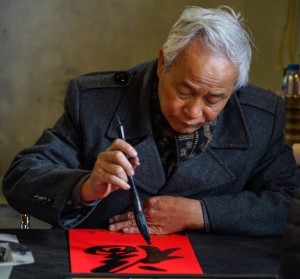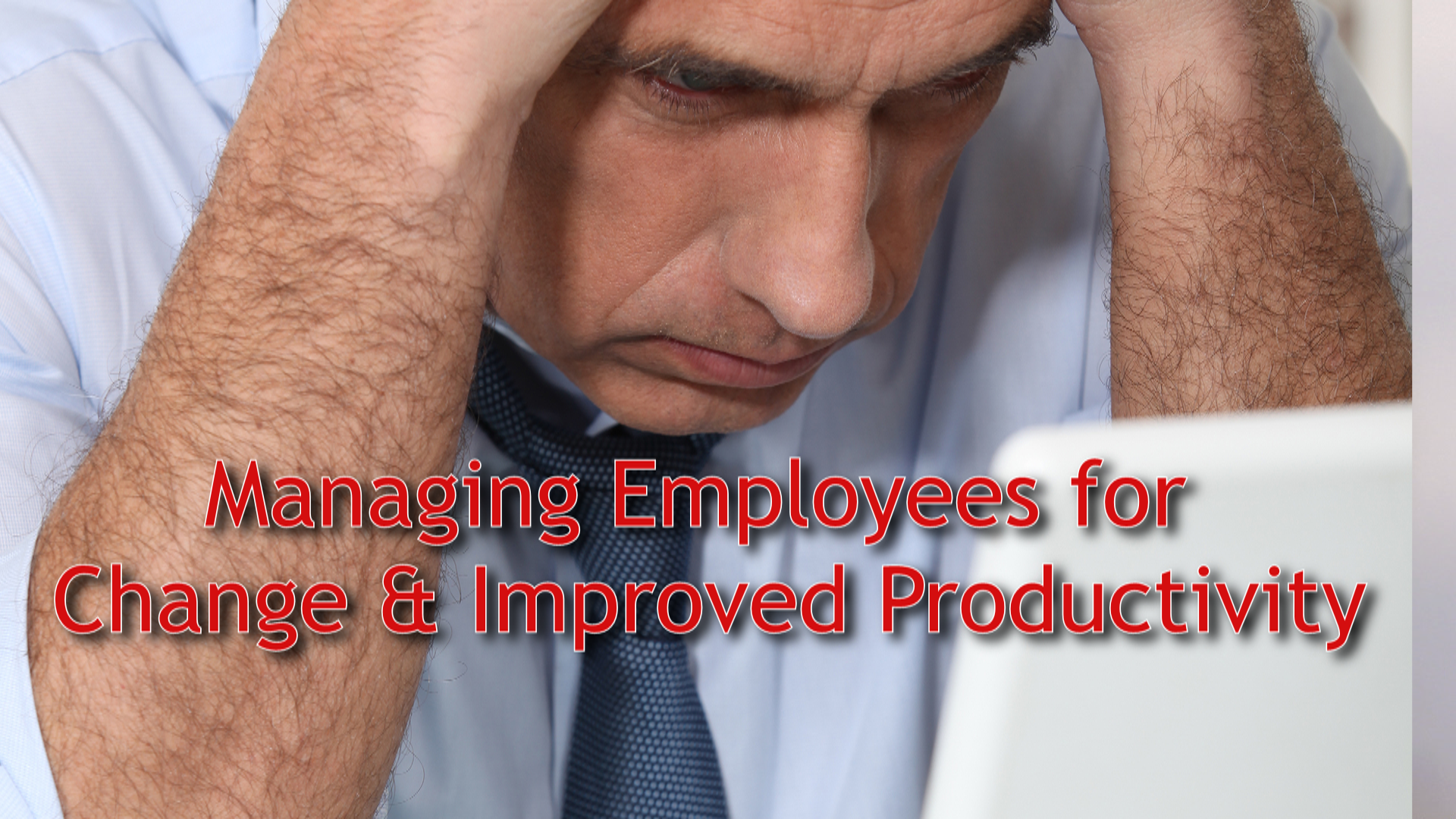 Roger was faced with a dilemma. He had to increase the productivity in is department and find new ways of doing things without increasing staffing. The workload of the department was pegged to increase based on sales projections but the past margins were low, so costs needed to be controlled.
Roger was faced with a dilemma. He had to increase the productivity in is department and find new ways of doing things without increasing staffing. The workload of the department was pegged to increase based on sales projections but the past margins were low, so costs needed to be controlled.
Roger knew that some members of his team needed to learn new skills because of the workload situation and new technologies that were coming soon to streamline processes and improve efficiencies. One of his challenges was having some of these team members be open and capable of learning these new skills.
Why is Roger in this predicament? What does he do?
There are many options for Roger. He could replace staff members and hire people with the right skills. Hiring younger people with less experience but the right skills could lower costs and potentially increase productivity. But that would put long time faithful employees out of work and perhaps destroy the team spirit and morale.
He could address the performance and skill level issues and train his employees to change their attitude and learn new things.
Which option would you recommend or choose? Because the situation sounds urgent, I think I would have to choose the first option.
Roger did have another choice but that would have needed to start long ago, with Roger changing his leadership style to understand his role as a coach and developer of people.
Key Issues for Change
Recently I travelled to a conference in Los Angeles and stayed with my cousin Susan. I learned something about personal development and leadership as a result of an interest in photography we both share.
I had previously visited Susan in 2011 and had taken photos in Venice Beach near her home. My photos inspired her to take up photography as a hobby for when she was to retire, which she did in 2014.
At the time her photography was not very good. But since then she improved tremendously. She loves to travel and had the means to take travel photography workshops in different countries. He last trip was to Vietnam.
Stephen’s photos from 2011


Susan’s photos from 2011


On my first day visiting her we went back to Venice Beach to take some photos. I was amazed at how her work had improved. This was a testament to the power of learning and development. Susan had set her mind on learning photography and becoming good enough to call herself a professional and selling her photos.
Stephen’s photos 2016


Susan’s photos 2016


Self-Image and Change
Even though I thought Susan had surpassed me as a photographer she did not think her work was good enough to sell through stock agencies. After giving her positive feedback on the photos she had shot that day, she agreed to choose four to submit to a stock agency to get approval as a contributor of images.
Susan is a highly confident and capable person. She has a PhD in psychology from Stanford University and a law degree from Yale. She retired from her law practice with a prestigious law firm with office in Los Angeles and New York. She handled major litigation cases for some of the largest financial institutions in the world. Yet she expressed self-doubt and lack of confidence in her photography work.
The Role of the Leader Coach
This is a behaviour occurs regularly in the workplace. When people are faced with learning something new they can become doubtful in their ability to learn and acquire the new skills and meet performance expectations. This is where the role of the leader is so important. What must the leader do to ensure that employees stay adaptable and develop the new skills to keep them current in their jobs and able to meet performance expectations?
The leader must:
- Develop must develop a mindset for personal development and continuous improvement
- Become a coach leader, one who is interested and skilled at developing people
- Be strategic in planning the needs of employees for training and development
- Build people’s self confidence to learn new tasks and skills by giving them positive feedback and recognition
- Express appreciation for the effort and accomplishments of employees to learn new skills
Going back to our leader Roger, he could have avoided the dilemma he found himself in by being proactive as a leader in applying the five practices listed above.
Whether you are a leader or an employee, developing a mindset of continuous training and development and taking action to learn new skills will keep you current in your job or profession and make you more self-confident to seize and act on new opportunities in your work and life.
Here is a free tool to measure your level of self-confidence and here is an article with ways to increase your self-confidence.
Stephen Goldberg
